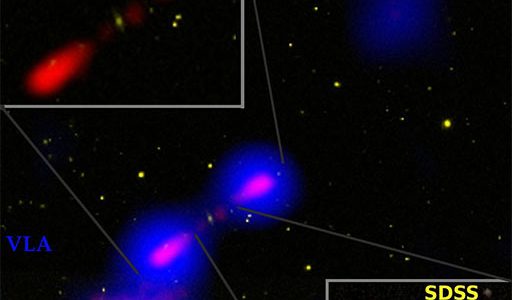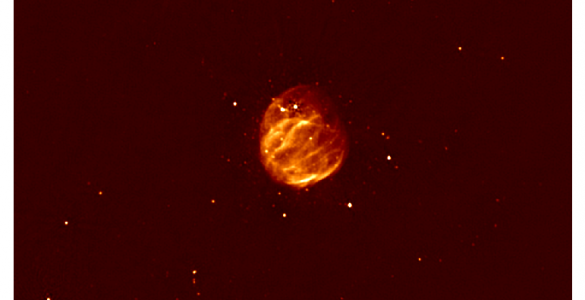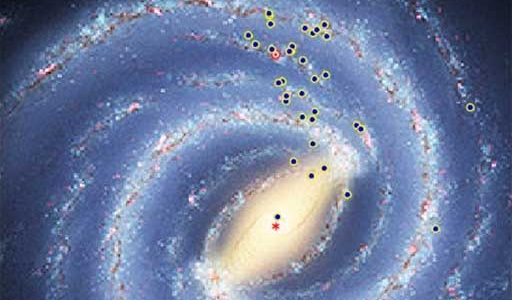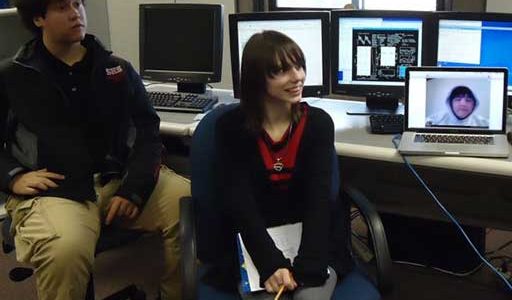Latest NRAO News
News is managed by NRAO News & Public Information. Questions about News? Have a story to share? Want to interview a scientist or create new media about our telescopes?

The ultimate in high altitude, high-tech catering has arrived in Chile to serve chilled provisions to the telescopes at the largest astronomical complex in the world, the Atacama Large Millimeter/submillimeter Array.

A galaxy with a combination of characteristics never seen before is giving astronomers a tantalizing peek at processes they believe played key roles in the growth of galaxies and clusters of galaxies early in the history of the Universe.

A new and uniquely powerful tool for cutting-edge science is emerging on the crisp, high desert of western New Mexico.

Using the super-sharp radio vision of astronomy’s most precise telescope, scientists have extended a directly-measured yardstick three times farther into the cosmos than ever before, an achievement with important implications for numerous areas of astrophysics, including determining the nature of Dark Energy, which constitutes 70 percent of the Universe.

In the constellation of Ophiuchus, above the disk of our Milky Way Galaxy, there lurks a stellar corpse spinning 30 times per second — an exotic star known as a radio pulsar.

Dr Scott Ransom, an astronomer at the National Radio Astronomy Observatory, received the American Astronomical Society’s Helen B Warner Prize on January 11, at the society’s meeting in Seattle, Washington.





